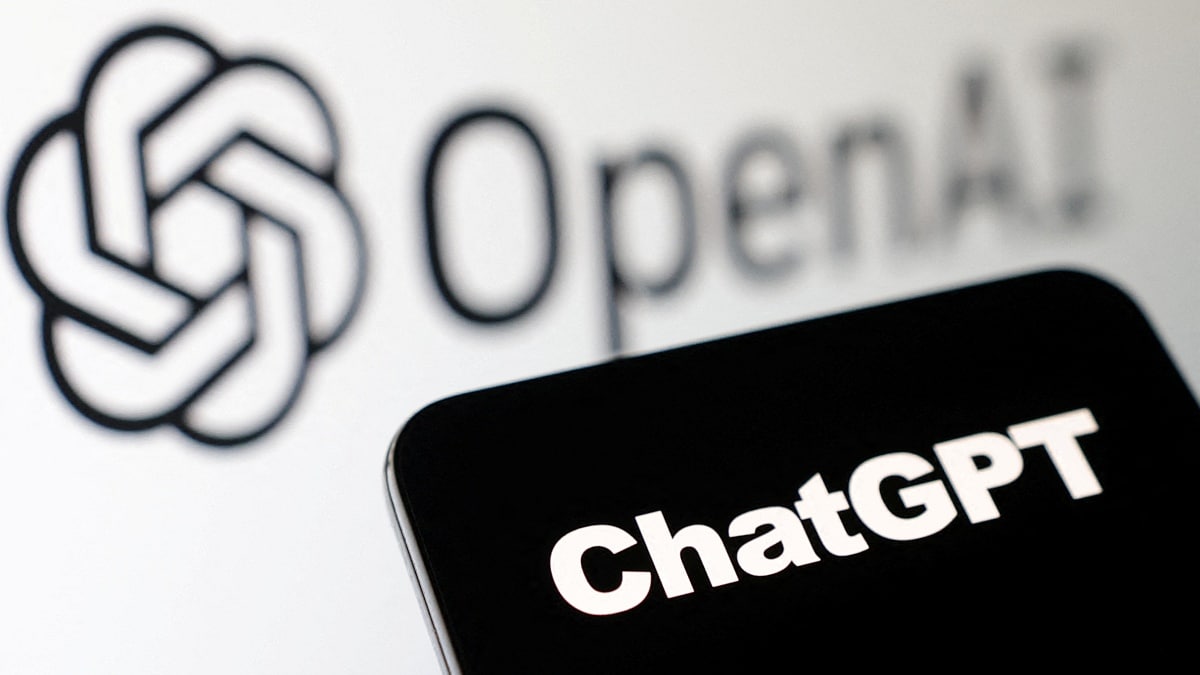OpenAI Chief Executive Sam Altman has hosted hundreds of Fortune 500 company executives in San Francisco, New York and London this month where he and other OpenAI executives pitched AI services for corporate use, going head-to-head in some cases with financial backer Microsoft, attendees told Reuters.
The roadshow-like events illustrate how the company credited with sparking the explosion of generative artificial intelligence with its consumer offering, is looking to grow new sources of revenue from corporates all over the world – some of it potentially on the home turf of its biggest partner.
The three meetings with senior corporate executives – two in the US last week and one in London on Monday – have not been reported previously.
Altman directly addressed more than 100 executives in each city at the events, according to attendees who spoke on the condition of anonymity.
At each event, Altman and chief operating officer Brad Lightcap offered product demonstrations, including ChatGPT Enterprise, the enterprise grade of its famous chatbot that generates text from simple prompts, software to connect customer applications to its AI services known as APIs, and its new text-to-video models.
OpenAI has promised that ChatGPT Enterprise customers’ data will not be used to train its models. Talking to potential customers from industries including finance, healthcare and energy, OpenAI executives highlighted a range of applications, such as call-center management and translation. They noted the consumer version of its chatbot is already in use by more than 92 percent of Fortune 500 companies.
Microsoft, the largest investor in OpenAI, offers access to OpenAI’s technology through its Azure cloud and by selling Microsoft 365 Copilot, a productivity tool powered by OpenAI’s models targeting enterprises.
Some executives in the audience at the events asked why they should pay for ChatGPT Enterprise if they are already customers of Microsoft, attendees said.
Altman and Lightcap responded that paying for the enterprise service allowed them to work with the OpenAI team directly, have access to the latest models and more opportunity to get customized AI products, according to attendees present.
OpenAI and Microsoft declined to comment.
OpenAI, last valued at $86 billion (roughly Rs. 7,18,998 crore) in a secondary sale, has been trying to diversify its revenue stream since its chatbot ChatGPT quickly gained popularity in late 2022. It is on track to achieve the $1 billion (roughly Rs. 8,359 crore) revenue target it projected for 2024, sources have said.
While trying to build out new products of consumers such as the marketplace ChatGPT stores, the company expects selling to enterprises to become a more meaningful part of its revenue. Lightcap told Bloomberg last week more than 600,000 people signed up to use ChatGPT Enterprise and Team, up from around 150,000 in January.
Lightcap, the main OpenAI executive focused on enterprise adoption, has also spent time in Hollywood talking to studio executives to promote the company’s Sora video creation tool. That technology, which can create and refine videos based on a user’s text description, has caused both excitement and anxiety within the creative industry.
Two major Hollywood studios told Reuters they are seeking early access to begin exploring applications, though there are some concerns about the source of the video used to train Sora, the reliability of the output and its ability to protect copyrighted works.
Fox and News Corp also hosted Altman at a leadership retreat last October, where he took part in a question-and-answer session, according to one source with knowledge of the session.
© Thomson Reuters 2024
Affiliate links may be automatically generated – see our ethics statement for details.

